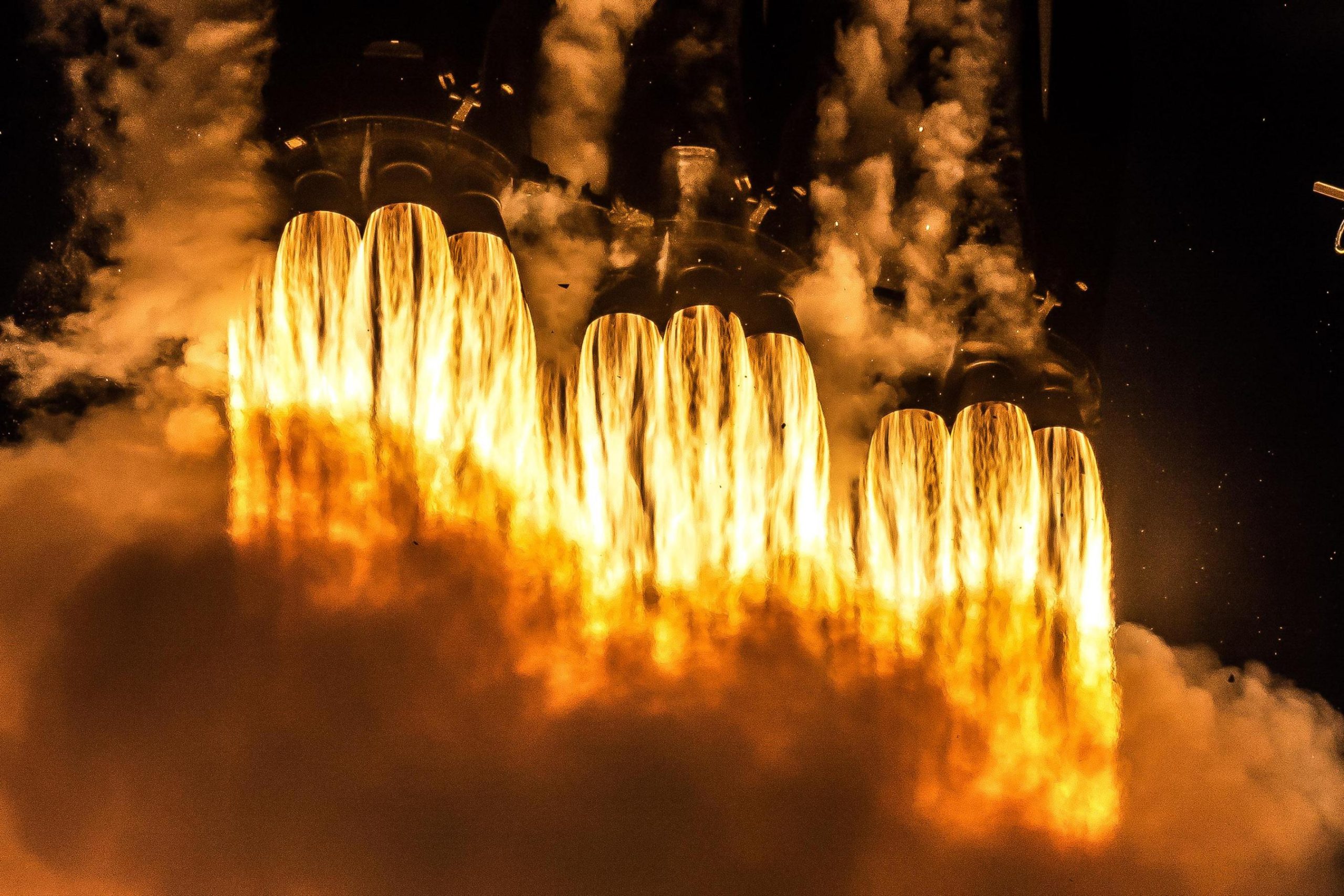
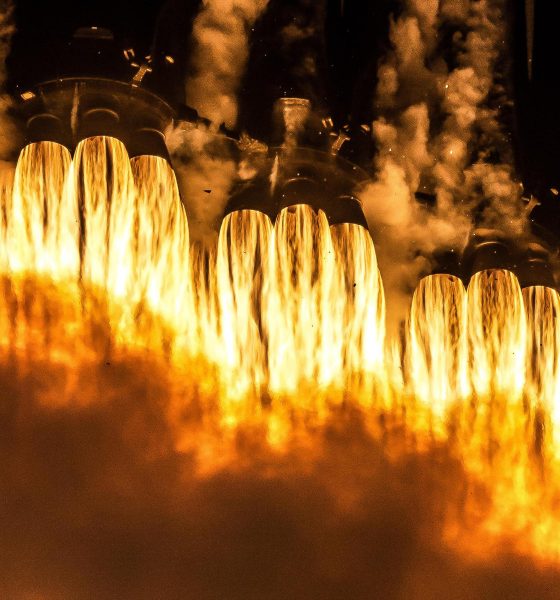
News
SpaceX waits in the wings as NASA risks maiming Jupiter probe to pinch pennies
SpaceX and its Falcon Heavy rocket continue to wait in the wings as NASA risks maiming its ‘Europa Clipper’ Jupiter probe by pinching the wrong pennies.
For the second time, NASA has performed “continuation/termination reviews” of three of the Europa Clipper spacecraft’s scientific instruments after budget overruns on the order of no more than a few tens of millions of dollars. Thankfully, no instruments were canceled, unlike the “ICEMAG” magnetometer that was functionally killed last year. Still, a NASA program scientist casually noted that the space agency would tolerate launching without one of two cameras and would offer no more funding to a mass spectrometer instrument (MASPEX), raising the risk of instrument failure during the challenging mission.
For any scientific spacecraft or rover, the instruments carried along are effectively the entire reason for their existence: if those instruments are faulty (or even removed before launch), the mission is effectively rendered pointless. Further, due to the sheer complexity and challenges posed by the act of getting to the destination and surviving after arrival, the actual instruments most scientific spacecraft carry represent a tiny fraction of the overall mission cost and mass. It’s not easy to readily imagine a better way to signal inept program management than by singularly focusing on that tiny, lifeblood-esque portion of a spacecraft’s budget. Undeterred, that is exactly what NASA appears to be doing with Europa Clipper – penny-wise, perhaps, but undoubtedly pound-foolish.
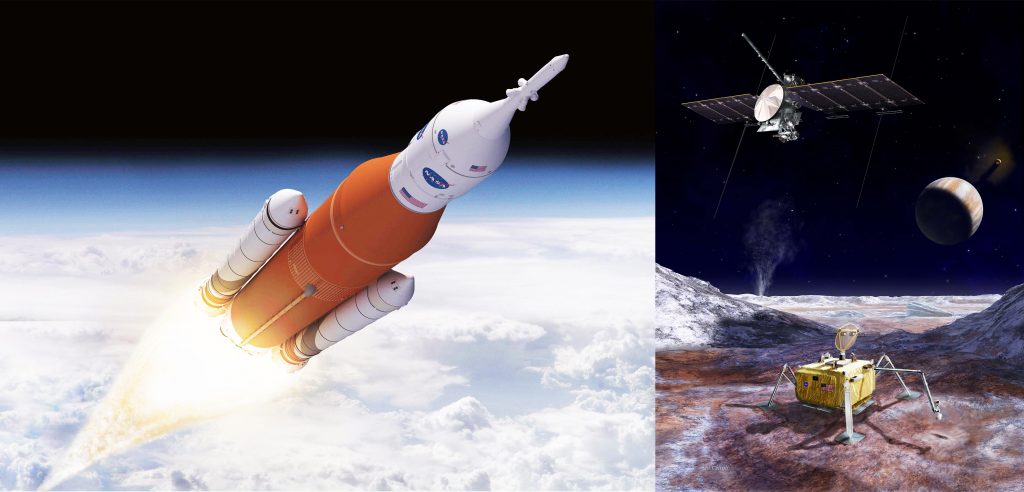
It’s not always true that only a small portion of an exploratory spacecraft’s budget is spent on scientific instruments but it absolutely is when it comes to Europa Clipper. Originally hoped to cost as little as $2 billion in 2013, Europa Clipper’s budget allocation has ballooned to $4.5 billion over the life of the program. Of that $4.5 billion, as little as $110M was dedicated to nine scientific instruments assigned to the spacecraft – a ratio of ~41:1. Even if instrument cost ballooned by 100% to ~$220 million, it would still be a measly 20:1. The space environment around Jupiter is admittedly one of the most challenging in the Solar System, warranting some imbalance, but either ratio is still exceptionally bad as far as most exploratory missions go.
Designed to create detailed maps of Europa’s theorized water oceans, ICEMAG, for example, jumped from a $30 million cost estimate to $45 million before NASA abruptly killed it. A Clipper planetary scientist called ICEMAG “a critical instrument that’s been central to Europa science forever”. MASPEX, meanwhile, is a mass spectrometer that will be used to analyze possible chemicals captured by flying through Europa’s transient atmosphere (or, even better yet, plumes from vast ocean geysers). In other words, the instrument most likely to be hobbled next by NASA is also the only instrument on Europa Clipper capable of potentially detecting signs of life by directly sampling material ejected by Europa’s plumes.
Even just with ICEMAG removed, the value proposition of a $4.5 billion mission to an ocean moon of Jupiter becomes much hazier. With ICEMAG removed and MASPEX at risk of being thrown to the wolves, Europa Clipper’s purpose becomes even weaker. Of course, seven valuable instruments remain – some of which partially overlap with MASPEX’ goals – and MASPEX could still technically make it to the finish line in its original handicap-free state, but the tides are definitely not moving in an encouraging direction.
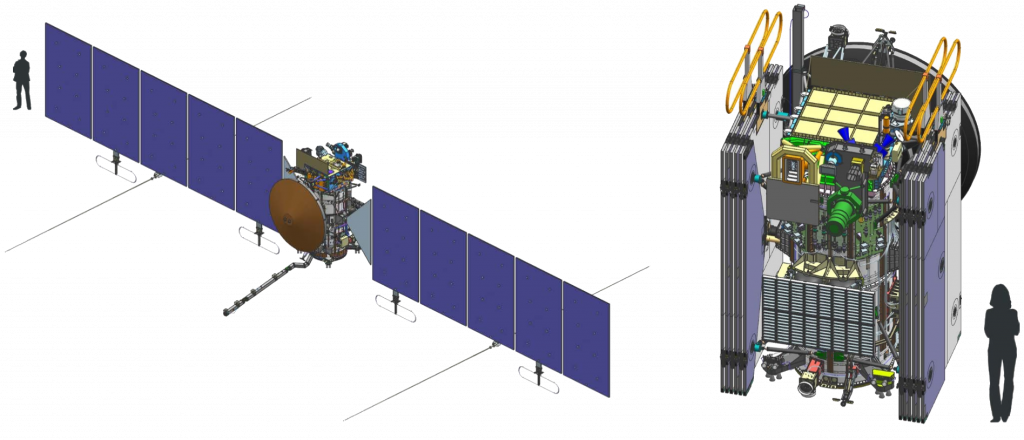
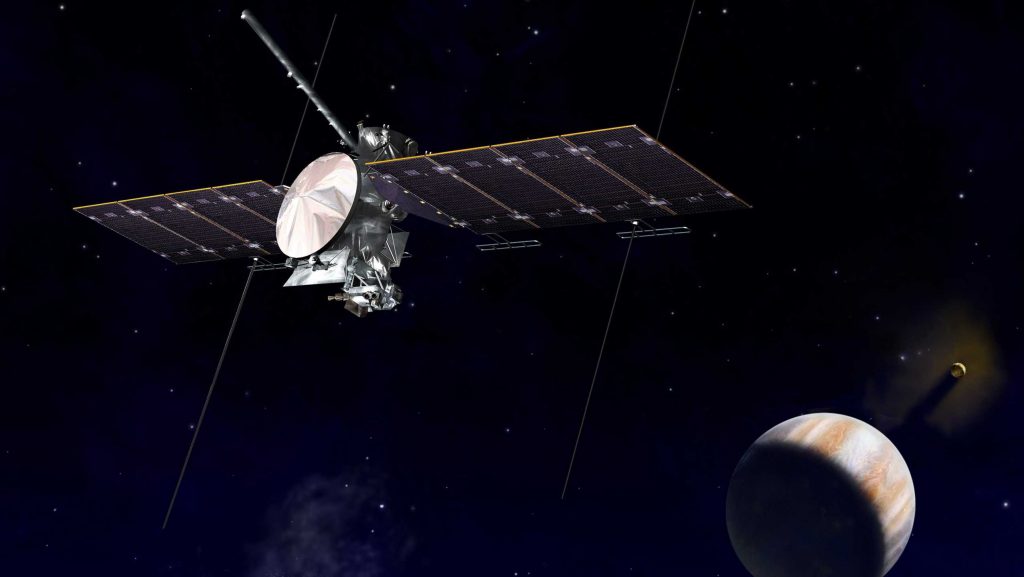
The worst part is that excluding the extraordinarily expensive spacecraft that will host instruments worth ~3-5% its cost, Congress has been dead-set on forcing Europa Clipper to launch on NASA’s chronically-delayed, over-budget Space Launch System (SLS) rocket. SLS has yet to launch once despite more than a decade of development and almost $30 billion spent on the rocket alone, and it would take a miracle for an SLS rocket to be ready to launch Clipper before 2025 or 2026. Europa Clipper is working towards a launch no earlier than 2024, meaning that the spacecraft would have to be stored indefinitely at a cost of at least $125 million per year.
Intrepid readers may note that the cost of simply waiting a single year for SLS to be ready for launch is higher than the cost of all of Europa Clipper’s scientific instruments at their original $110 million budget. The actual cost to NASA for a single SLS launch is expected to $1.5 billion at the absolute minimum, while $2-2.5 billion is far more reasonable. With a little effort and some moderate cruise stage tweaks, Ars Technica has already reported that an expendable SpaceX Falcon Heavy rocket augmented with an off-the-shelf kick stage could send Europa Clipper to Jupiter in 5-6 years, compared to ~3 with SLS.
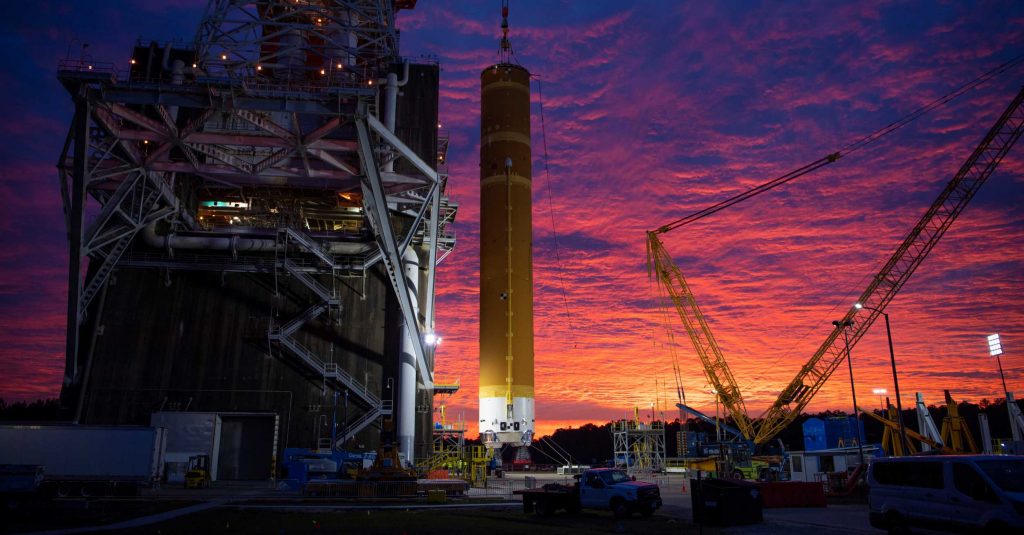
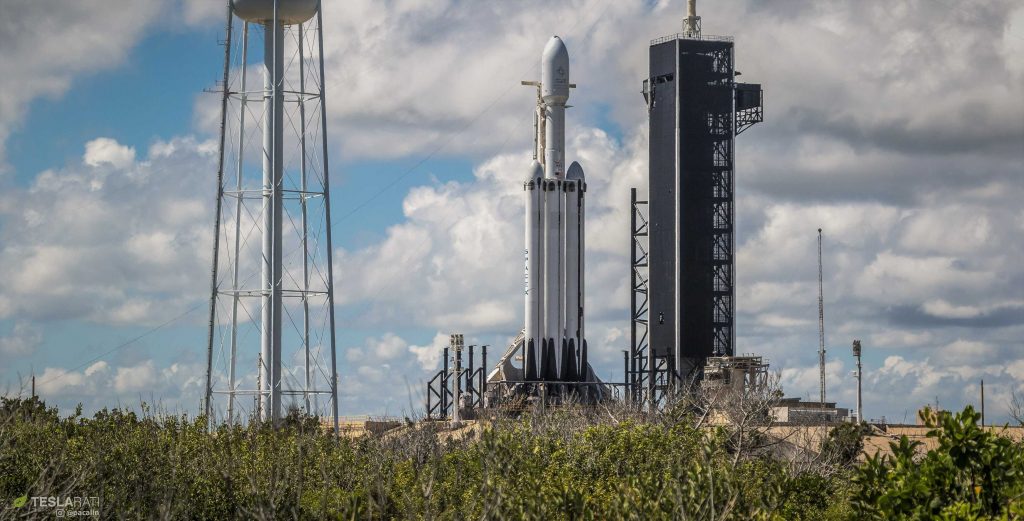
Ironically, that means that if Falcon Heavy was ready to launch Europa Clipper when the spacecraft is expected to be ready in 2024, it would actually arrive at the same time (or close) if it launched on SLS – once a minimum two-year launch vehicle delay is accounted for. A Falcon Heavy would also save NASA at least $1-2 billion, while it would directly save the Europa Clipper program the ~$250 million it would otherwise need to spend to store the spacecraft while waiting years for an SLS rocket. That $250 million alone – an inevitable add-on cost if SLS is chosen – could easily double the budget of every single Europa Clipper science instrument, adding plenty of breathing room, reinstating ICEMAG, and likely improving the science they output – data-gathering quite literally being the whole purpose of the mission.
Of course, the odds that NASA actually steps out from under the political shadow of SLS and stops playing penny wise and pound foolish with the extraordinarily expensive science missions it shepherds is unlikely. But still, the possibility (and hope) remains. Most recently, a very slight change in the wording of a proposed law (bill) could give the Europa Clipper program the legal wiggle room it needs to sidestep Congress’ desire to force it to launch on SLS. Of course, the senators and representatives with parochial attachment to the rocket will continue to fight tooth and nail to legally force it upon NASA at every possible turn, but there is now at least a chance of a sane outcome.
Check out Teslarati’s Marketplace! We offer Tesla accessories, including for the Tesla Cybertruck and Tesla Model 3.

Elon Musk
Tesla CEO Elon Musk confirms Robotaxi safety monitor removal in Austin: here’s when
Musk has made the claim about removing Safety Monitors from Tesla Robotaxi vehicles in Austin three times this year, once in September, once in October, and once in November.

Tesla CEO Elon Musk confirmed on Tuesday at the xAI Hackathon that the company would be removing Safety Monitors from Robotaxis in Austin in just three weeks.
This would meet Musk’s timeline from earlier this year, as he has said on several occasions that Tesla Robotaxis would have no supervision in Austin by the end of 2025.
On Tuesday, Musk said:
“Unsupervised is pretty much solved at this point. So there will be Tesla Robotaxis operating in Austin with no one in them. Not even anyone in the passenger seat in about three weeks.”
Musk has made the claim about removing Safety Monitors from Tesla Robotaxi vehicles in Austin three times this year, once in September, once in October, and once in November.
In September, he said:
“Should be no safety driver by end of year.”
The safety driver is just there for the first few months to be extra safe.
Should be no safety driver by end of year.
— Elon Musk (@elonmusk) September 4, 2025
On the Q3 Earnings Call in October, he said:
“We are expecting ot have no safety drivers in at least large parts of Austin by the end of this year.”
Finally, in November, he reiterated the timeline in a public statement at the Shareholder Meeting:
“I expect Robotaxis to operate without safety drivers in large parts of Austin this year.”
Currently, Tesla uses Safety Monitors in Austin in the passenger’s seat on local roads. They will sit in the driver’s seat for highway routes. In the Bay Area ride-hailing operation, there is always a Safety Monitor in the driver’s seat.
Three weeks would deliver on the end-of-year promise, cutting it close, beating it by just two days. However, it would be a tremendous leap forward in the Robotaxi program, and would shut the mouths of many skeptics who state the current iteration is no different than having an Uber.
Tesla has also expanded its Robotaxi fleet this year, but the company has not given exact figures. Once it expands its fleet, even more progress will be made in Tesla’s self-driving efforts.
News
SpaceX reportedly mulling IPO, eyeing largest of all time: report
“I do want to try to figure out some way for Tesla shareholders to participate in SpaceX. I’ve been giving a lot of thought to how to give people access to SpaceX stock,” Musk said.
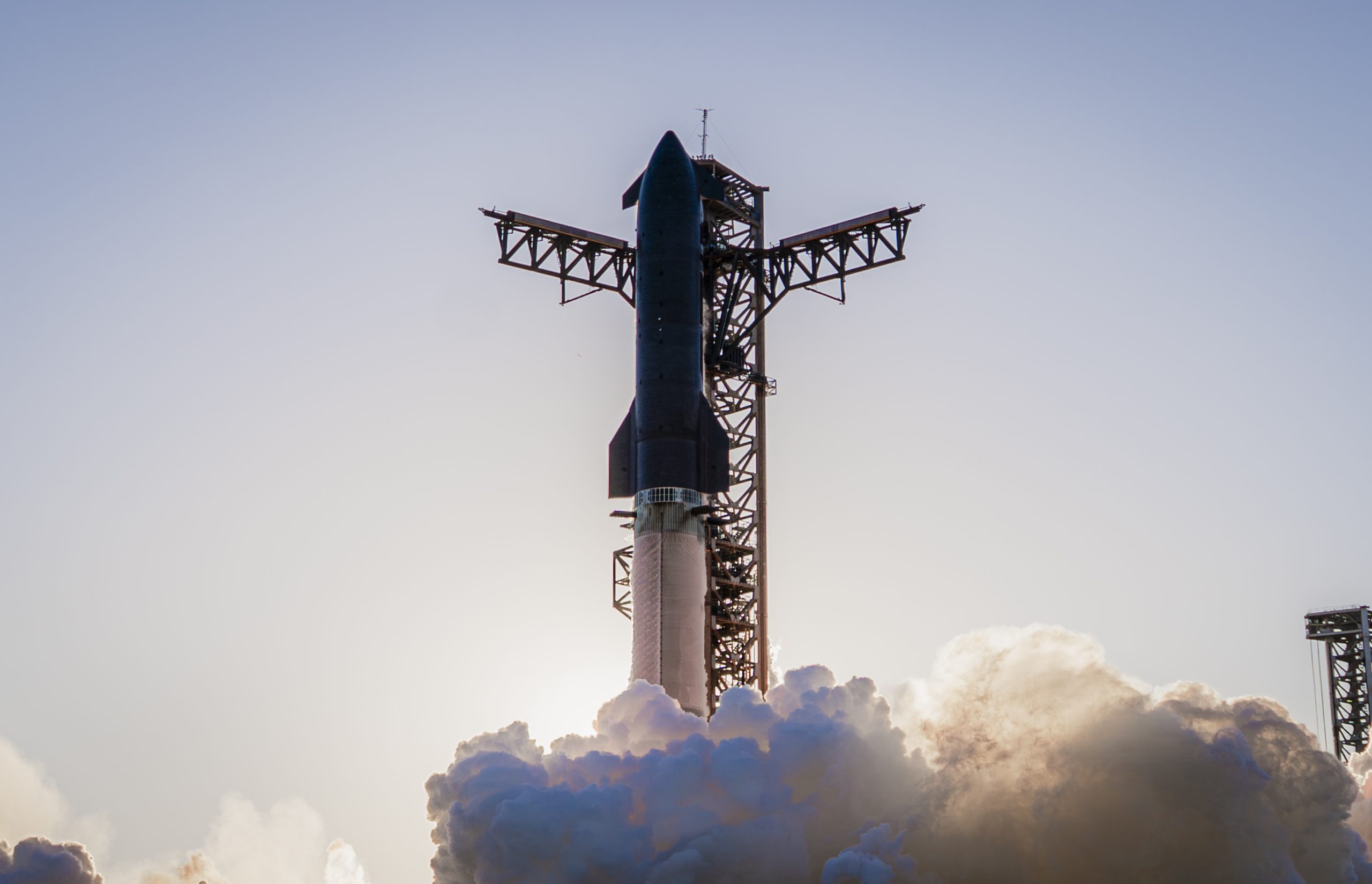
SpaceX is reportedly mulling an initial public offering, eyeing what would be the largest valuation at the time of availability of all time, a new report from Bloomberg said on Tuesday.
It is one of many reports involving one of Elon Musk’s companies and a massive market move, as this is not the first time we have seen reports of an IPO by SpaceX. Musk himself has also dispelled other reports in the past of a similar nature, including an xAI funding round.
SpaceX and Musk have yet to comment on the report. In the past, untrue reports were promptly replied to by the CEO; this has not yet gained any response, which is a good sign in terms of credibility.
However, he said just a few days ago that stories of this nature are inaccurate:
“There has been a lot of press claiming SpaceX is raising money at $800B, which is not accurate. SpaceX has been cash flow positive for many years and does periodic stock buybacks twice a year to provide liquidity for employees and investors. Valuation increments are a function of progress with Starship and Starlink and securing global direct-to-cell spectrum that greatly increases our addressable market. And one other thing that is arguably most significant by far.”
There has been a lot of press claiming @SpaceX is raising money at $800B, which is not accurate.
SpaceX has been cash flow positive for many years and does periodic stock buybacks twice a year to provide liquidity for employees and investors.
Valuation increments are a…
— Elon Musk (@elonmusk) December 6, 2025
Musk has discussed a potential IPO for SpaceX in recent months, as the November 6 shareholder meeting, as he commented on the “downsides” of having a public company, like litigation exposure, quarterly reporting pressures, and other inconveniences.
Nevertheless, Musk has also said he wants there to be a way for Tesla shareholders to get in on the action. At the meeting in early November, he said:
“I do want to try to figure out some way for Tesla shareholders to participate in SpaceX. I’ve been giving a lot of thought to how to give people access to SpaceX stock.”
Additionally, he added:
“Maybe at some point., SpaceX should become a public company despite all the downsides of being public.”
Musk has been historically reluctant to take SpaceX public, at times stating it could become a barrier to colonizing Mars. That does not mean it will not happen.
Bloomberg’s report cites multiple unidentified sources who are familiar with the matter. They indicate to the publication that SpaceX wants to go public in mid-to-late 2026, and it wants to raise $30 billion at a valuation of around $1.5 trillion.
This is not the first time SpaceX has discussed an IPO; we reported on it nine years ago. We hope it is true, as the community has spoken for a long time about having access to SpaceX stock. Legendary investor Ron Baron is one of the lucky few to be a SpaceX investor, and said it, along with Tesla, is a “lifetime investment.”
Tesla bull Ron Baron reveals $100M SpaceX investment, sees 3-5x return on TSLA
The primary driver of SpaceX’s value is Starlink, the company’s satellite internet service. Starlink contributes 60-70 percent of SpaceX’s revenue, meaning it is the primary value engine. Launch services, like Falcon 9 contracts, and the development of Starship, also play supporting roles.
News
SpaceX reaches incredible milestone with Starlink program
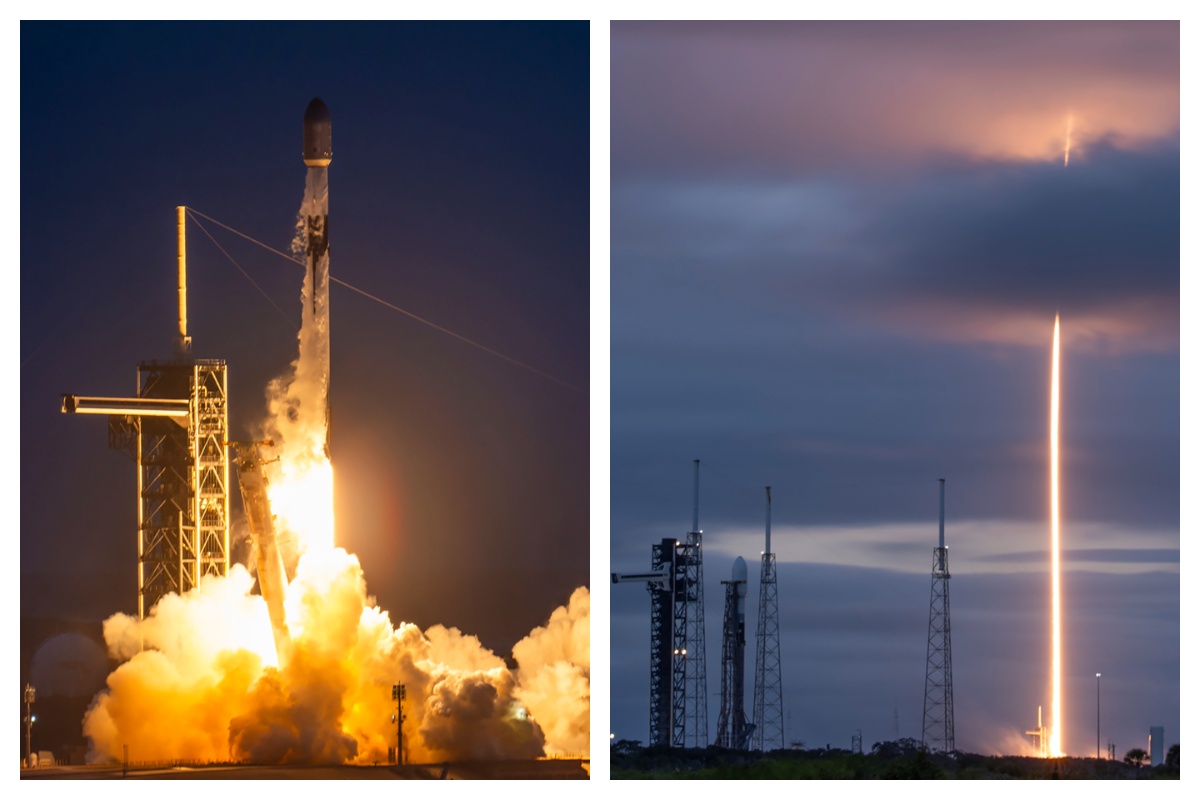
SpaceX reached an incredible milestone with its Starlink program with a launch last night, as the 3,000th satellite of the year was launched into low Earth orbit.
On Monday, SpaceX also achieved its 32nd flight with a single Falcon 9 rocket from NASA’s Kennedy Space Center.
The mission was Starlink 6-92, and it utilized the Falcon 9 B1067 for the 32nd time this year, the most-used Falcon booster. The flight delivered SpaceX’s 3000th Starlink satellite of the year, a massive achievement.
There were 29 Starlink satellites launched and deployed into LEO during this particular mission:
Falcon 9 launches 29 @Starlink satellites from Florida pic.twitter.com/utKrXjHzPN
— SpaceX (@SpaceX) December 9, 2025
SpaceX has a current goal of certifying its Falcon boosters for 40 missions apiece, according to Spaceflight Now.
The flight was the 350th orbital launch from the nearby SLC-40, and the 3,000 satellites that have been successfully launched this year continue to contribute to the company’s goal of having 12,000 satellites contributing to global internet coverage.
There are over five million users of Starlink, the latest data shows.
Following the launch and stage separation, the Falcon 9 booster completed its mission with a perfect landing on the ‘Just Read the Instructions’ droneship.
The mission was the 575th overall Falcon 9 launch, highlighting SpaceX’s operational tempo, which continues to be accelerated. The company averages two missions per week, and underscores CEO Elon Musk’s vision of a multi-planetary future, where reliable connectivity is crucial for remote work, education, and emergency response.
As Starlink expands and works toward that elusive and crucial 12,000 satellite goal, missions like 6-92 pave the way for innovations in telecommunications and enable more internet access to people across the globe.
With regulatory approvals in over 100 countries and millions of current subscribers, SpaceX continues to democratize space, proving that reusability is not just feasible, but it’s also revolutionary.








